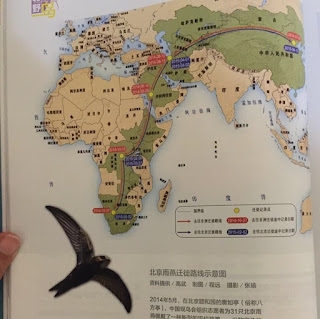 |
| Front cover (click to enlarge) |
We are delighted that our booklet for children, 'I am a Swift - I am in trouble' by Helen Hodgson has been adapted and translated into French.
This initiative was undertaken by Carolyn Knowlman, who writes:
 |
| Chateau Amboise |
The group got off to a great start with a very well attended meeting with Marcel Jacquat & Edward Mayer speaking. We are very appreciative of their help.
So far this year the group has put up around 50 boxes in and around the town.The Mairie (town council) has got involved and put up boxes too. Next year the aim is to do more with local schools.
The booklets are available by contacting Carolyn via email at Ctlhk@wanadoo.fr
The suggested donation price is €2 Or £1.50 Plus p&p.













